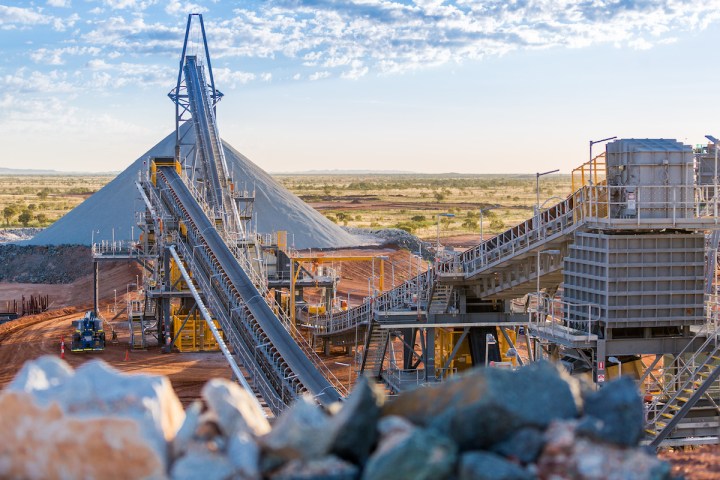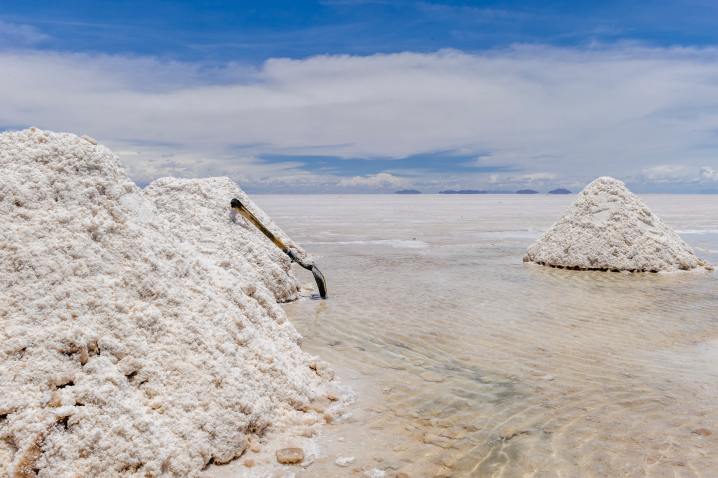One major caveat to the spread of electric vehicles is the question of what we’re going to do with all of these car batteries once their time is up. There’s also concern about the environmental impact of lithium mining, not to mention that of other essential metals, like cobalt and nickel. Let’s take some time to look at what goes into EV batteries, where they go when they’re dead, and whether EVs are in the end still the best choice for the environment.
Are EV batteries recyclable?
EV batteries are highly recyclable. Over 95% of a lithium-ion battery’s components can be extracted via hydrometallurgy. This involves grinding up battery components and running them through an acidic solution. A series of solvents and rounds of electroplating are able to pull individual elements out of the solution. Smelting recovery is common but more energy-intensive and less effective. The pollution caused by this recycling process is negligible. The problem right now is that we don’t have enough recycling facilities currently running at the scale needed to meet the deluge of EV batteries coming off their end of life. We’re currently only recycling about 5% of our lithium-ion batteries, but luckily the growing value of lithium, cobalt, and nickel makes the prospect of recovering it much more attractive.
Making the recycling process profitable can be challenging, depending on the materials you’re targeting, but this study runs down the economics pretty well.
“Most process routes achieve high yields for the valuable metals cobalt, copper, and nickel. In comparison, lithium is only recovered in few processes and with a lower yield, albeit a high economic value. The recovery of the low value components graphite, manganese, and electrolyte solvents is technically feasible but economically challenging.”
What’s the environmental impact of lithium mining?

Though a vital component of batteries, lithium only makes up about 11% of a cell’s total mass. You can see how it factors into battery chemistry over here. Australia, Chile, and China produce the lion’s share of the world’s lithium supply. Automotive applications eat up about 31% of that supply, but that demand is expected to continue a sharp upwards trajectory.
There are two ways lithium is extracted: salt flats and hard rock mining. When hard spodumene ore is mined, it’s broken down, separated, subjected to an acid bath, and eventually, lithium sulfate can be teased out of the mix. This is a very traditional mining method with all of the usual risks of pollutants gathering in tailing ponds. It’s a relatively cheap process compared to salt flat processing but also produces a lower-grade product. Australia, with a whopping 46% of the world’s lithium output, relies heavily on hard rock mining. Since this method is so labor-intensive, it’s no surprise that it produces about triple the emissions per metric tonne of lithium, compared to salt flats.
Salt flats are created when water is pumped underground and returns to the surface with dissolved minerals. This brine is spread across wide pools to evaporate, leaving behind the minerals to be separated and processed. Salt flats are common in a triangle overlapping Chile, Argentina, and Bolivia. The nearby Andes mountains have created large deposits not far below the surface thanks to geothermal activity that leaches minerals from volcanic rock. Higher elevation also promotes faster evaporation in the brine pools.

The major cost of lithium extraction in salt flats is water usage. Getting exact numbers is challenging, however. Estimates range from 250 gallons of water per pound of lithium, all the way up to a million gallons. Data from the Chilean government suggests that brine production in the Atacama flats is outpacing the aquifer’s ability to recharge by about 30%. About 65% of the region’s water is used for lithium mining. These operations are taking place in deserts where water supply is already tenuous for local populations and puts additional strain on local agriculture. On top of dealing with increasingly scarce water in the driest places on Earth, aboriginal groups that inhabit neighboring areas are also at risk of dealing with abandoned materials and disrupted ecosystems due to the mining industry. Many have already been subject to this kind of abuse from international mining companies in the past. As a result, they’ve either put up staunch opposition to new projects or claimed significant ownership of them.
What about the other materials used in batteries?
Batteries have loads of other materials in them, like nickel, cobalt, and graphite.
Cobalt is primarily mined out of Congo, which produces roughly half the world’s supply. Heavy Chinese investment has resulted in many industrial mining operations being built to feed their production demands, but local workers are often excluded from this enterprise. Instead, they’re relegated to digging their own artisanal mines with few safety precautions and little recourse in the case of injury. They end up selling their cobalt to the same traders who ferry industrially-mined cobalt to refiners back in China.
Nickel production is less fraught, but not without its costs. It’s widely mined around the world, with Indonesia delivering about 30% of the total supply. Most of it goes into making stainless steel, and only 6% toward batteries.
Are EVs still better for the environment once battery production and recycling are accounted for?
Collectively, that might seem like a high cost to make our EVs a reality. Lifecycle assessments comparing electric to traditional cars show EVs are indeed front-loaded with emissions thanks to the cost of batteries. Where that difference is made up is over the lifetime of the vehicle. Internal combustion engines make cars between 60% and 68% more emissive than EVs in the US. Considering the outsized role fuel makes in this calculation, cleaning up the electrical grid is almost as important as getting a bunch of EVs on the road. Average emissions savings in Europe can range between 28% and 72% depending on how electric vehicles are getting charged.
Ultimately, EVs are still a necessary transition to make to put a dent in global emissions. That said, those living close to mines still have a wealth of challenges stacked against them. They’re confronted with the ugly environmental effects of mining well before those of climate change. Governments will need to do a better job holding the mining industry to account for proper site management before we get too smug about populating a green future full of electric vehicles.
Editors’ Recommendations




